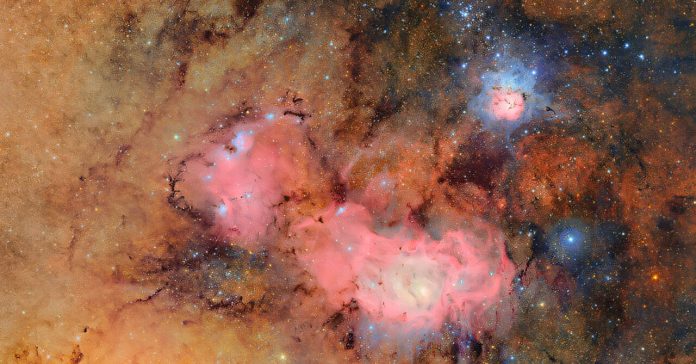
After years of preparation, U.K. astronomers are celebrating a major milestone as the Vera C. Rubin Observatory reveals its first dazzling images of the night sky.
This marks the beginning of the most ambitious space survey ever attempted, known as the Legacy Survey of Space and Time, or LSST—a decade-long project that will capture a vast, ultra-high-definition time-lapse of our universe.
Led by the U.S. National Science Foundation and Department of Energy, the Rubin Observatory is a global effort, and the U.K. is playing a central role.
Thanks to a £23 million investment from the Science and Technology Facilities Council (STFC), British scientists and software experts have helped develop the advanced tools needed to handle the massive flow of data the observatory will produce.
The goal is nothing short of groundbreaking: to unlock new insights into the origins and mysteries of the universe.
Rubin’s telescope, unlike any built before, will scan the entire southern sky again and again for 10 years, collecting images of everything from far-off galaxies to nearby asteroids.
The survey will track changes over time, revealing exploding stars, moving objects, and shifts in cosmic structure—creating what astronomers are calling the “ultimate movie of the night sky.”
The U.K. is not just helping with the science but is also one of three major international hubs where the observatory’s vast data will be processed.
Over the next decade, researchers here will handle around 1.5 million images, identifying and tracking about 10 billion stars and galaxies.
Altogether, the survey is expected to generate a staggering 500 petabytes of data—an amount that would overwhelm ordinary computers.
To make sense of it all, the U.K. will also host a science portal connecting around 1,500 astronomers to powerful computing resources. This will allow scientists across the world to dive into Rubin’s detailed images and discover new clues about space and time.
A team from Newcastle University is especially active in the project. Their work focuses on analyzing galaxy shapes and distances, along with building models that help interpret the data. According to Dr. Joachim Harnois-Deraps, one of the lead researchers, Rubin will shed light on two of the biggest cosmic puzzles we face today: dark matter and dark energy.
Originally envisioned in the 1990s, Rubin is a one-of-a-kind observatory, combining cutting-edge design, an enormous camera, and lightning-fast computing. Science operations are set to begin in late 2025. Over the next decade, this telescope will reshape our understanding of the universe—and U.K. scientists will be right at the heart of the discovery.



